4 Steps to Leverage Competitive Pricing Data Effectively
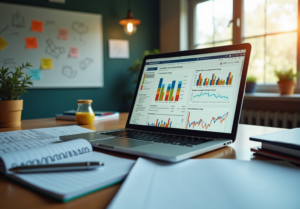
4 Steps to Leverage Competitive Pricing Data Effectively
Overview
The article outlines four essential steps for effectively leveraging competitive pricing data.
- It emphasizes the importance of identifying key competitors, which allows businesses to understand their market landscape.
- Next, gathering diverse data sources enriches the analysis, providing a comprehensive view of pricing strategies in the industry.
- Once the data is collected, analyzing it for actionable insights becomes crucial; this step can reveal opportunities for informed pricing adjustments.
- Implementing these insights is vital for optimizing pricing strategies, ensuring that businesses can respond effectively to market dynamics.
Evidence supports the claim that informed pricing adjustments can significantly enhance revenue and competitive positioning. This highlights the necessity of continuous monitoring and strategic adaptation in a dynamic market environment.
Are you considering how these steps could apply to your pricing strategies? By integrating these practices, businesses can not only improve their pricing effectiveness but also foster a proactive approach to market changes.
Introduction
In a marketplace characterized by rapid price fluctuations, businesses are compelled to navigate the complexities of competitive pricing to maintain an edge. By effectively leveraging competitive pricing data, organizations can uncover valuable insights that not only inform their pricing strategies but also drive revenue growth. However, the challenge lies in identifying the right competitors, gathering comprehensive data, and translating that information into actionable strategies.
How can companies harness these insights to optimize their pricing and enhance their market position?
Identify Key Competitors for Pricing Analysis
To effectively utilize competitive pricing data, it is essential to start by identifying your main rivals. Focus on those who offer similar products or services and cater to the same customer segments. Utilize a variety of resources, such as research documents, industry publications, and competitor websites, to compile a comprehensive list of both direct and indirect competitors. Evaluate elements like market share, product features, and customer demographics to further enhance your list. This concentrated approach not only ensures that your cost analysis remains relevant and practical but also allows for comparison with competitive pricing data from the most significant competitors in your market.
Regularly updating this list is crucial, as e-commerce prices fluctuate rapidly, which emphasizes the need for constant monitoring. Understanding competitor pricing strategies and analyzing competitive pricing data can lead to a revenue increase of 3-8% by dynamically adjusting your own rates. As Burc Tanir, CEO of Prisync, notes, 'A competitive cost analysis may appear intricate on the surface.' However, it serves to identify new opportunities to raise prices without sacrificing competitive presence. By maintaining a clear perspective of your competitive environment, you can make informed pricing decisions that enhance your position in the industry.
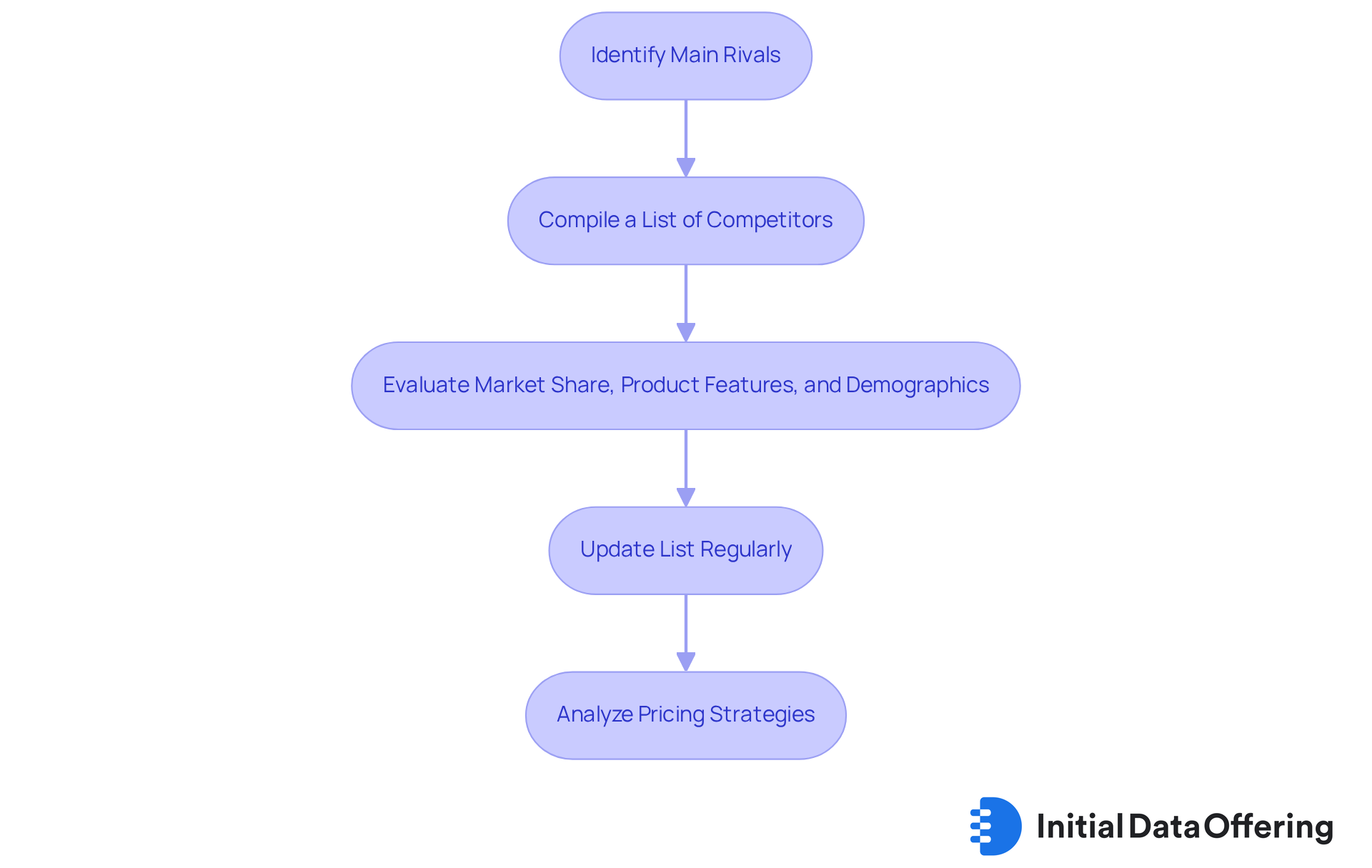
Gather Competitive Pricing Data from Diverse Sources
To conduct a comprehensive competitive cost analysis, gathering data from multiple sources is crucial. Online tools, such as price comparison sites and competitor platforms, serve as vital resources, providing real-time insights into market value trends. These features offer the advantage of immediate access to pricing data, which benefits analysts by enabling timely decision-making. Furthermore, industry reports enrich this data, supplying essential context and benchmarks for analysis. Social media insights and customer feedback are indispensable for understanding perceived value and cost strategies. They allow analysts to effectively gauge consumer sentiment, which is critical for developing competitive strategies.
In addition to secondary data, engaging in primary research—such as surveys or interviews with industry experts—can yield unique insights that may not be readily available through other means. This approach enhances the depth of analysis, providing a more nuanced understanding of the competitive landscape. By diversifying data collection methods, analysts can make more informed strategic decisions. As we look ahead to 2025, leveraging advanced tools and methodologies will be crucial for maintaining a competitive edge in the dynamic market environment. How will you adapt your strategies to incorporate these insights and tools effectively?
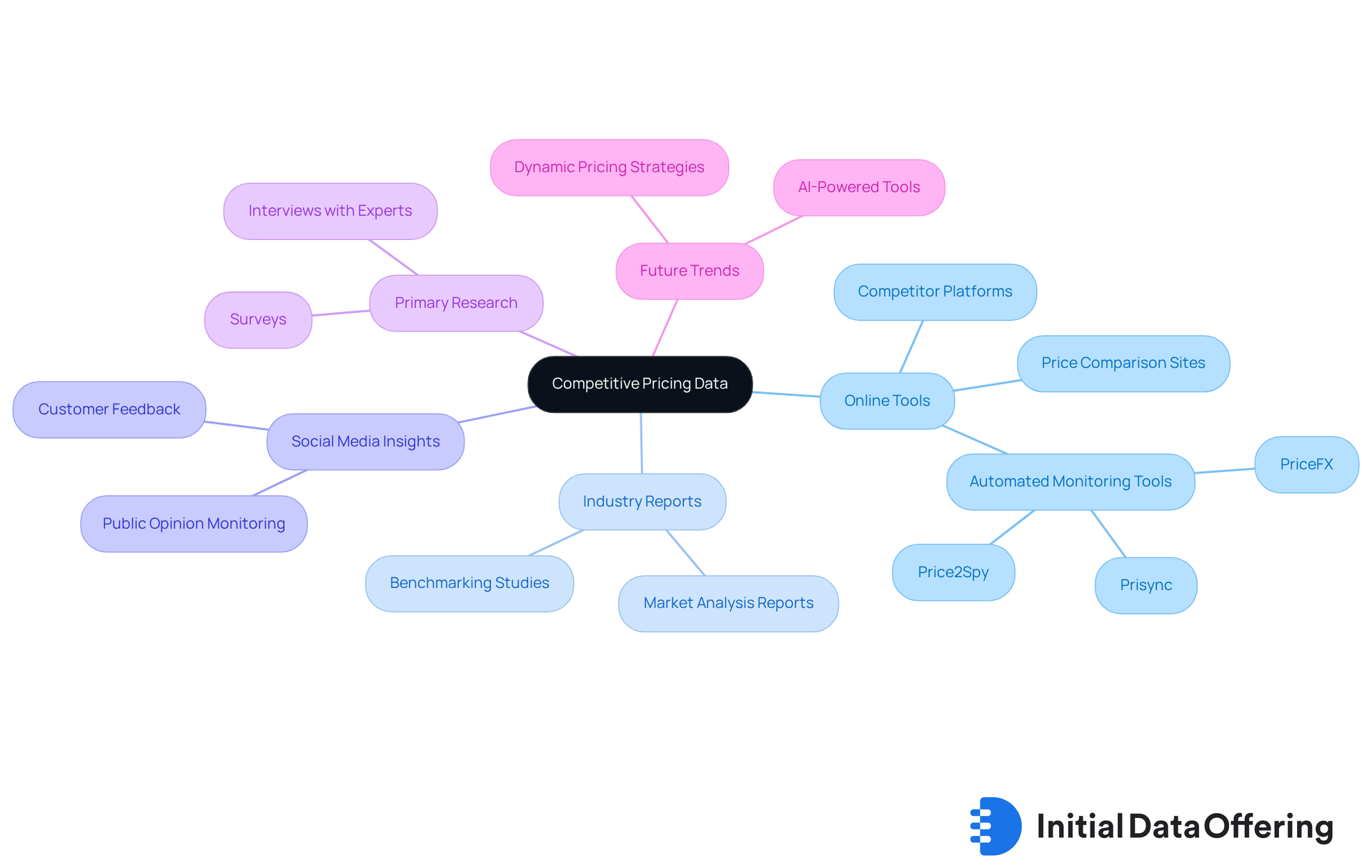
Analyze Pricing Data to Extract Actionable Insights
Examining competitive pricing data is essential for deriving actionable insights that can influence strategic decisions. By using competitive pricing data to compare your rates with those of competitors, you can identify gaps and opportunities. Analytical tools like Excel or specialized cost management software, such as Flintfox or Engage3, enable effective visualization of trends and patterns.
For instance, instruments that provide real-time analytics can assist in recognizing connections between cost approaches and commercial performance, considering elements like seasonality and consumer buying behavior. As Katrina Odsinada aptly stated, 'Without precise cost information, both competitive pricing data and cost comparison analysis are speculation.'
By combining this data, you can create financial strategies that align with consumer needs and resonate with your intended audience, ultimately enhancing your competitive advantage. Looking ahead to 2025, the incorporation of sophisticated visualization tools will further empower analysts to monitor cost trends and patterns, facilitating more agile responses to economic changes.
Additionally, consider that December 2024 U.S. online grocery sales reached $9.6 billion, underscoring the necessity of adjusting cost strategies to align with current economic conditions.
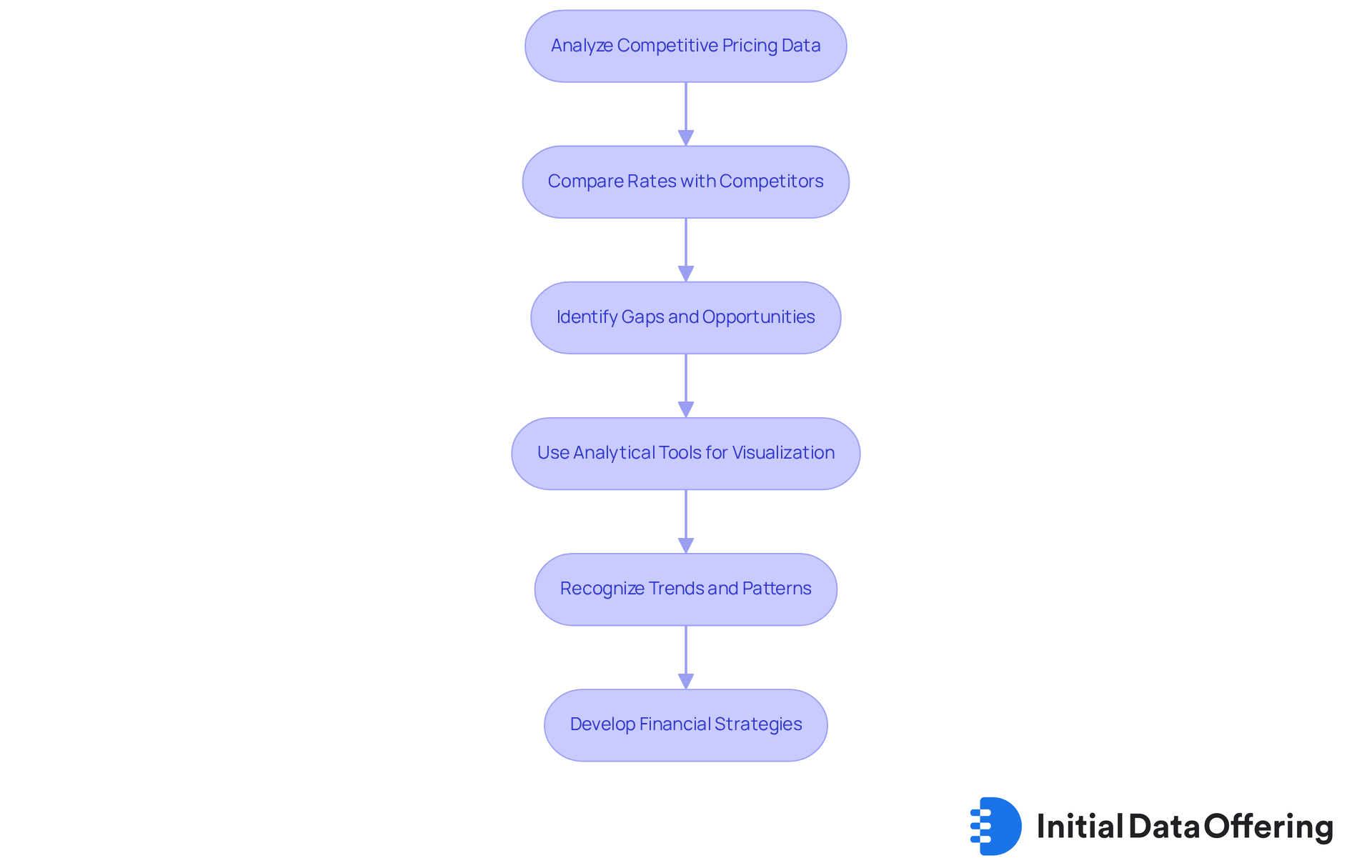
Implement Insights to Optimize Pricing Strategies
Applying findings from data analysis is essential for enhancing cost approaches. Adjusting prices to align with market conditions and competitor strategies is crucial, as it requires utilizing competitive pricing data to ensure they reflect the latest insights. Brands that employ dynamic value strategies, for instance, have reported significant enhancements in sales performance. Studies suggest that effective dynamic adjustments can increase revenue by up to 66% for leading Fast-Moving Consumer Goods companies.
How can your organization observe the effect of these cost adjustments on sales and customer behavior closely? This observation will determine whether additional modifications are necessary.
Testing various cost models, such as dynamic or value-based strategies, can reveal which approach resonates most effectively with your target audience. Ongoing observation and adjustment are vital for sustaining a competitive advantage, enabling companies to react quickly to changes in demand and consumer preferences. Successful instances include firms such as Nike and Adidas, which utilize e-commerce information and competitive pricing data to enhance their cost approaches based on real-time consumer actions and market trends. Furthermore, businesses should utilize competitive pricing data to monitor competitors' promotional activities and optimize their own offers.
By embracing these current best practices, how can your business enhance its pricing strategies and drive better sales outcomes? The integration of data analysis into pricing strategies not only improves sales performance but also fosters a proactive approach to market changes, ultimately leading to sustained growth.
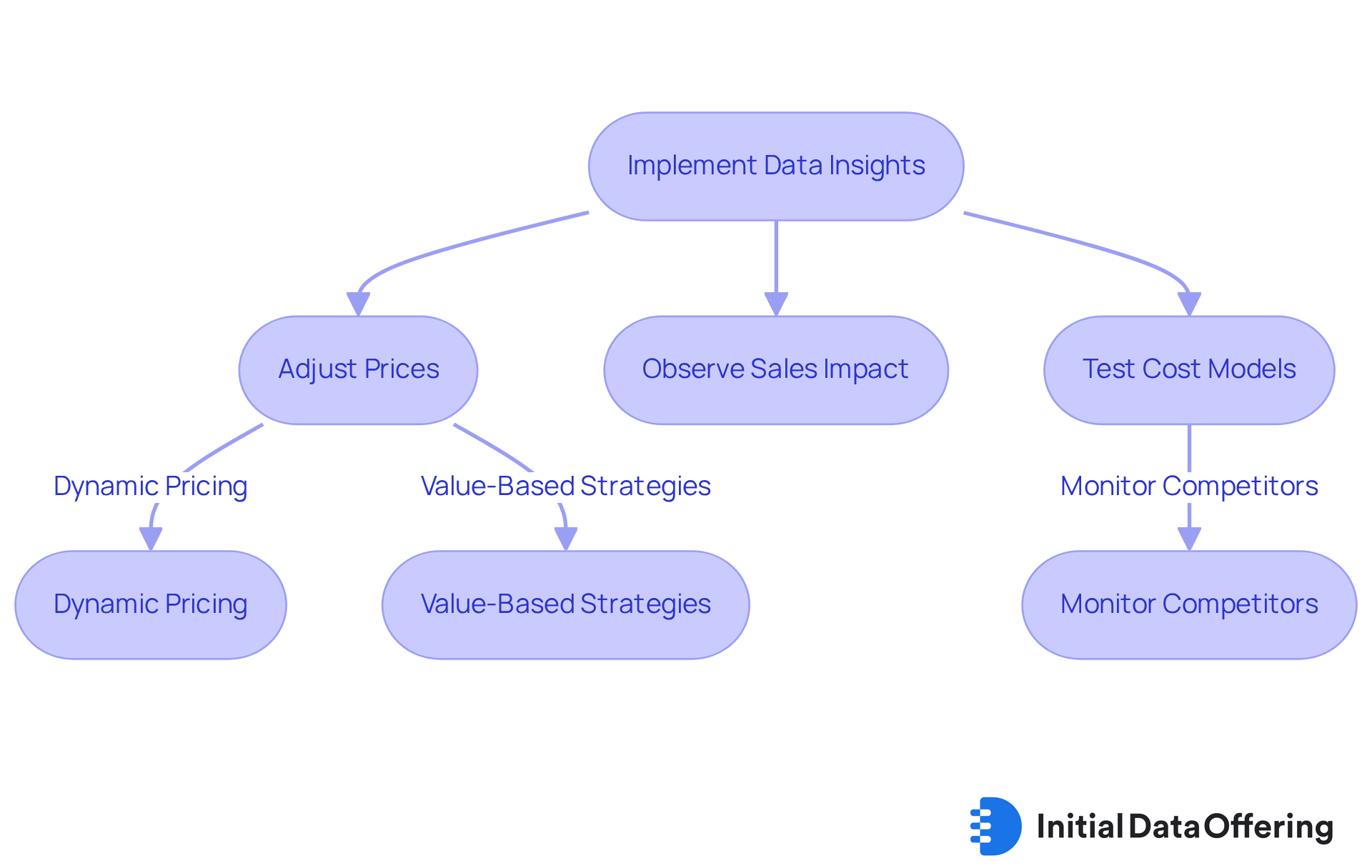
Conclusion
Effectively leveraging competitive pricing data is a pivotal strategy for businesses aiming to enhance their market position and drive revenue growth. By systematically identifying key competitors and gathering diverse pricing data, organizations can analyze this information for actionable insights and implement strategic adjustments. This process significantly improves their pricing strategies and overall performance.
The importance of identifying both direct and indirect competitors cannot be overstated. Gathering comprehensive data from various sources, including online tools and primary research, is essential. Analyzing this data allows businesses to uncover critical insights that inform pricing decisions, ultimately leading to optimized strategies that align with market trends and consumer behavior. Furthermore, the integration of advanced analytical tools and ongoing adjustments based on real-time data are essential practices for maintaining a competitive edge.
In a rapidly changing market landscape, the insights gained from competitive pricing analysis can be transformative. Organizations are encouraged to adopt a proactive approach by continually monitoring competitors and adjusting their pricing strategies to respond to market dynamics. By embracing these best practices, businesses can enhance their pricing effectiveness and foster sustainable growth and resilience in an increasingly competitive environment.
Frequently Asked Questions
Why is it important to identify key competitors for pricing analysis?
Identifying key competitors is essential for effective competitive pricing data utilization, as it allows businesses to compare their pricing strategies with those who offer similar products or services to the same customer segments.
What resources can be used to identify competitors?
Resources to identify competitors include research documents, industry publications, and competitor websites, which help compile a comprehensive list of both direct and indirect competitors.
What factors should be evaluated when identifying competitors?
Factors to evaluate include market share, product features, and customer demographics, which help enhance the list of competitors for more relevant cost analysis.
Why is it necessary to regularly update the list of competitors?
Regularly updating the list is crucial because e-commerce prices fluctuate rapidly, necessitating constant monitoring to ensure that the competitive cost analysis remains relevant and practical.
How can understanding competitor pricing strategies impact revenue?
Analyzing competitive pricing data can lead to a revenue increase of 3-8% by allowing businesses to dynamically adjust their own rates based on market conditions.
What is the overall benefit of conducting a competitive cost analysis?
A competitive cost analysis helps identify new opportunities to raise prices without losing competitive presence, enabling informed pricing decisions that enhance a business's position in the industry.